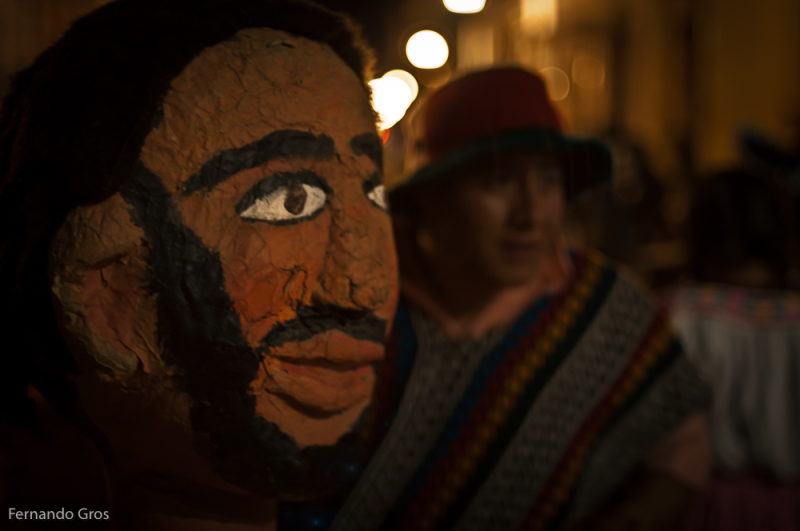Stealth Photography And Other Urban Problems
“Do you think I can’t see you, crouched over there, with your giant camera and massive lens? Do you think I don’t know that you’ve been taking pictures of my daughter and I while we sit and talk about her school day? I came here for a few moments of quiet conversation and a cup […]
“Do you think I can’t see you, crouched over there, with your giant camera and massive lens? Do you think I don’t know that you’ve been taking pictures of my daughter and I while we sit and talk about her school day? I came here for a few moments of quiet conversation and a cup of coffee. I never volunteered to be your subject, never agreed to pose for your photos. Sure, you probably spent a lot of time picking out your gear and your bags. Maybe to your photography buddies you look cool and stealthy. But, to me, you are just an obvious thief, here to steal what is most precious to those of us that live in big cities; the quiet moments we carefully carve out for ourselves in the midst of the human zoo.”
I wrote those words some time ago, before I seriously got into photography. I’ve lived in touristy and photogenic cities all my life and been photographed without my consent more times than I care to remember. In a way, it’s the price we pay for living somewhere that is visually amazing (and maybe for looking a little odd, or different).
Photographing in a city presents a lot of challenges and paradoxes. I don’t believe that everyone in the city is fodder for our cameras. We cope with city life because we find moments of privacy in the hustle and move through the streets with a degree of shared anonymity.
But, city street-scapes are fascinating places and the theatre of everyday life is rich with stories and moments that are photo-worthy. Part of what attracts me to city life is the same thing that attracts photographers to document the city with their images.
But, what are we doing when we point our cameras at people? What is it that makes the stealthy photographer with a big lens so obnoxious to most city dwellers?
Part of what bugs me about stealthy photography is the inclination to treat subjects, which means people, as prey. The stealthy photographer, by trying to hide themselves, is opting out of the social contract that most urban dwellers live by. It’s opportunisitc photography and, at least from my perspective, it often produces photos that, well, don’t appeal to me.
Take this video, which kind of represents everything I don’t like about the culture of photography. Not only is it drivel-laden gear worship of the most misguided kind. It’s also sniper-photography that seems content to produce pointlessly anonymous images of city-dweller’s backsides.
Have I taken photos without asking people? Sure. Typically I’ve done it with a wide angle lens in a very visible location. And, if you’ve ever met me you know I don’t really blend into the background that well. I’m not afraid to show people any photo I’ve taken where they are visible and if they really don’t want to be photographed, they wont be. I don’t believe the world needs more photos of people staring discontentedly down a lens that was just poked in their face.
Moreover, I believe there’s a valuable distinction between a photo of someone and a photo with someone in it. If the only reason for the photo is the presence of one particular person, then it’s a photo of them. But, if they are just a player in a larger drama, maybe not recognisable, or taking up only a small part of the frame, then it’s something else entirely. The “idea” of the photo is not the person in the image. The photo below is (hopefully) an example of the later.

I’ve always been attracted to the idea of the Flaneur. I wrote a lot about this form of participant observation back in my academic days. The Flaneur walks through the city as an observer, but also participates fully in the life of the city. The Flanuer as photographer is not going to hide – in fact, to be true to the spirit of the flaneur, you should dress up and dress well, maybe even consciously draw attention to yourself.
In the end it’s a value judgment. We are not all going to agree on what makes a decent photo. That said, my inclination is still to suggest that there’s a connection, between how we create art and the kind of world we want to live in. Aesthetics, our sense of taste, is an extension of ethics, our sense of what’s right and wrong.
I’m not normally this strident or ideological about photography (or art, for that matter). But, as a lifelong city dweller I believe that the photographic community (if there is such a thing) needs to take a step back and consider what we are doing when we point our cameras at people. Are we hunters, or fellow humans?




